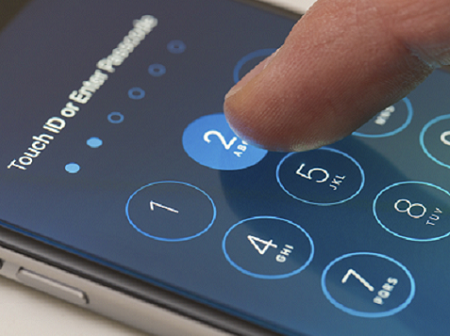FCC Unveils Broadband Project For Low-Income Subscribers
An update of the Lifeline program would reorient its goals in the Broadband era and establish independent verification of eligibility.


iPhone Encryption: 5 Ways It's Changed Over Time
iPhone Encryption: 5 Ways It's Changed Over Time (Click image for larger view and slideshow.)
The US Federal Communication Commission (FCC) has long been working to bring Web access to underprivileged communities, and now the organization has announced plans to modernize Lifeline, a program that "provides a discount on monthly telephone service for eligible low-income subscribers." Lifeline was first implemented in 1985 under President Ronald Reagan.
The plan reorients the program for the broadband era and sets minimum service standards for voice and broadband, and improves Lifeline's management and design by streamlining program rules and eliminating outdated or unnecessary regulations to reduce administrative burdens and make it easier for broadband providers to participate.
The plan also includes the establishment of a National Eligibility Verifier as a check against waste, fraud, and abuse.
The independent third party would establish a system of eligibility verification, lifting a burden and curtailing fraud. It would use existing programs such as Medicaid and the Supplemental Nutrition Assistance Program (SNAP) to determine eligibility.
"The independent verifier has the added benefits of increased subscriber portability, which means more consumer choice," FCC Chairman Tom Wheeler wrote in a blog post. "The result is a more dignified process for enrollment that better protects consumer privacy and security."

Learn to integrate the cloud into legacy systems and new initiatives. Attend the Cloud Connect Track at Interop Las Vegas, May 2-6. Register now!
In its current form, the Lifeline program is designed to help low-income consumers by providing a $9.25 a month subsidy. The FCC said it is seeking comment on proposals to encourage more competition to lower prices and improve service among Lifeline providers, and for the adoption of minimum service standards for both voice and broadband service.
Low-income consumers disproportionately use smartphones for Internet access, though nearly half of these subscribers have had to cancel or suspend smartphone service due to financial constraints.
Only half of the nation's households in the lowest-income tier subscribe to broadband, and 43% of all people who don't subscribe to broadband at home say that affordability is the reason.
"Internet access has become a pre-requisite for full participation in our economy and our society, but nearly one in five Americans is still not benefitting from the opportunities made possible by the most powerful and pervasive platform in history," Wheeler continued. "We can do better. We must do better. Indeed, Congress told us to do better. By modernizing the FCC's Lifeline program, we will do better."
The FCC isn't the only organization looking to connect low-income Americans with high-speed Web access. In July, Google launched a program in all of its Fiber markets to connect residents in select public and affordable housing properties for free, with no installation fee.
The initiative is part of ConnectHome, a program launched by the White House and the US Department of Housing and Urban Development (HUD) to bring Internet connectivity to more families and school-age children and living in HUD-assisted housing in 28 communities across the country.
The ConnectHome pilot program pilot program launched in 27 cities and one tribal nation. It will initially reach over 275,000 low-income households and nearly 200,000 children.

About the Author(s)
You May Also Like
How to Amplify DevOps with DevSecOps
May 22, 2024Generative AI: Use Cases and Risks in 2024
May 29, 2024Smart Service Management
June 4, 2024







